
It was called the ‘billion dollar baby’ – referencing the cost of its development – and there are about a billion reasons why the VE generation bests any of the long list of Holden Commodores before it.
While hard to believe, the 1978 VB, 1988 VN and 1997 VT shared the same tired platform, yet ironically it was the latter’s huge success that made the entirely indigenous 2006 VE as great as it was.

In the late 1990s Holden was shifting 95,000-plus large cars per year here and flicking big fat cheques back to the General Motors mothership with casino card dealer fervour. Spurred on by the success, Detroit rubber-stamped a 10-figure sum to create the all-new Zeta platform at Port Melbourne, to underpin Commodore and Camaro for the US.
Its hallmarks were a short front overhang, with engines well behind the axle line (improving dynamics) and a sophisticated multi-link (replacing a very basic semi-trailing arm design) rear suspension, complete with broad tracks tucking under those bulged-out guards.
The Commodore SS in particular was a belter, claiming MOTOR’s 2006 Bang For Your Bucks, the compact pushrod design of the carry-over Mexican-made Gen IV 6.0-litre V8 gelling with a superbly engineered chassis that was sub-$50,000 new... and now asks $15,000-plus.
SS V Vital checks
Body and paintwork

Made in Elizabeth, South Australia, the VE was never renowned for Lexus-like build quality, but this was the first Holden to be produced with a single side body stamp, which improved torsional rigidity enormously over its stitched-side VZ predecessor.
Even 12 years after it launched, early builds are still resisting paint-fade – though look for plastic fatigue around the roof rails, in particular, as a sign of a hard life. The front bumper of the SS is also known to sag, leaving a large panel gap between bar and headlights, while any mismatched guard plastics or overspray would suggest (all-too-frequent) poor repairs.
Mechanicals
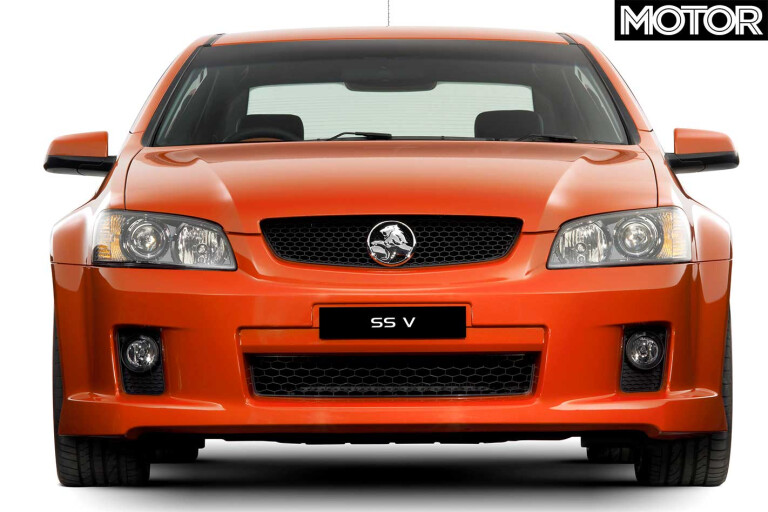
The burly V8 was far more reliable than the Alloytec/SIDI V6 in cheaper model grades, which hurt the VE’s reputation. Earlier 5.7-litre LS engines had piston-slap and oil-consumption issues largely addressed here, though oil leaks are still heard of, particularly at the rear of the 270kW/530Nm 6.0-litre. Grab a torch, have a look, then on start-up listen for a sign of ‘ticking’ that could indicate sticky hydraulic lifters.
At this point, it’s important to remember that GFC-hobbled GM was facing bankruptcy just two years after VE launched, forcing it to run from 2006 until 2013’s heavily facelifted VF. For seven years Holden engineers weren’t resting, but rather fixing some recurring problems.
Like air-con belts that would slip off and the ‘L98’ V8 manual’s clutch that would wear prematurely, both issues solved with a new bracket and upgraded material respectively from November 2009.
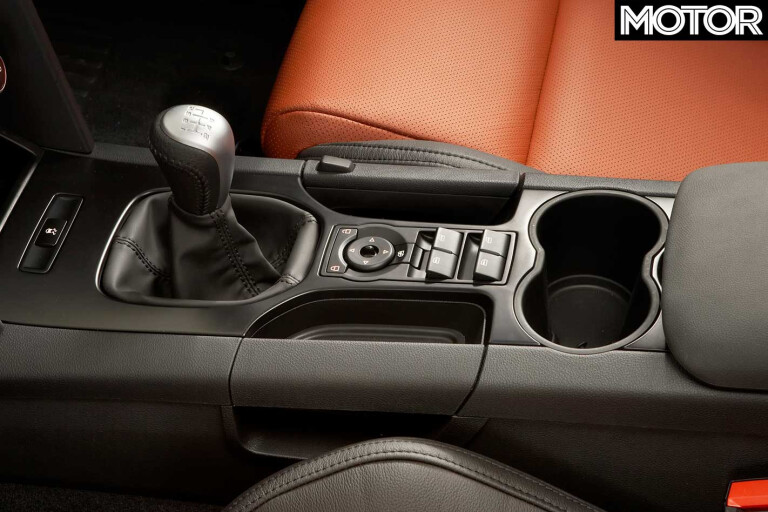
But it isn’t as easy to say ‘buy a later model’ because in January 2009 the ‘L76’ V8 replaced the L98 in models with automatics only, introducing Active Fuel Management (AFM) – four-cylinder shut-down – to reduce fuel use by 1.4L to 12.9L/100km. Yet it also hobbled outputs to 260kW/517Nm. AFM also had low oil-pump pressure and high oil consumption service bulletins placed from early 2009, and we would just avoid the complexity now.
The shift quality of the six-speed automatic was also average – with slip and harsh shifts common issues to look out for on a test drive. Replenish the oil in the manual, however, and Bob will be your uncle.
Either way the 1750kg-plus SS is a heavy car, so things to watch out for are front ball joints, engine mounts that allow the V8 to wobble and shudder, and knocking that indicates worn anti-roll bars and bushes. That said, OEM dampers and control arms are about $200-$250 each per corner, with bushes and drop-links a fraction of that – salute Australian parts!

A country car on the 18-inch wheels of the SS will feel infinitely better than a city car on the 19s of the up-spec SS V. It’s worth either buying a circa-2010 (to bypass early issues) base SS for $15,000 to $20,000 with 80,000km-plus, or going all the way to a VE Series II for the then newly introduced SS V Redline on 19s, with firmer FE3 suspension and front Brembos available from September 2010 production.
Worth noting, too, is Holden’s lifetime capped-price servicing program for VE. The costliest annual or 15,000km services are the $917 check at six years/90,000km, the $635 visit for 10 years/150,000km and the $1018 once-over at 12 years/180,000km. The rest are sub-$500.
Interior
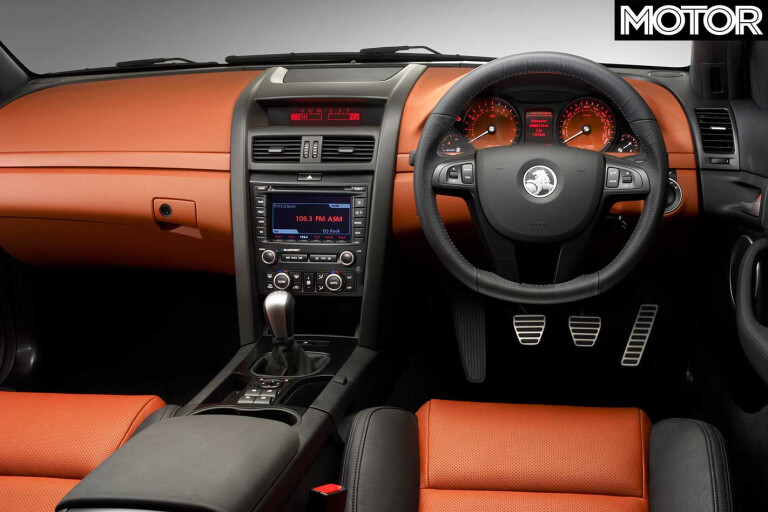
Cabin quality was not a VE strength. The seats are superb, front and rear, and the blocky design has held up okay. But this was a complex dashboard, with the lower trim panels and glovebox parts known to fail and fall out in early cars.
From MY09.5 and MY10 production, extra clips were used behind the scenes. They also nabbed six airbags standard across the range, along with an impact-absorbing steering column missing from early cars.
A base SS (in manual) built in those years is the VE sweet spot, though, because the following VE Series II introduced a Holden IQ touchscreen that was average then and looks dated now.

A circa-2010 pre-Series I will have a monochromatic screen that looks even older, but it won’t fail, yet you’ll get all the extra cabin improvements as well as electronics upgrades – the entire interior architecture was designed from scratch, and niggling issues took a few years to be ironed out.
Safest buying then? A 2009 or 2010 base SS manual, which can be had in sedan, Sportwagon (introduced August 2008) or ute; or a Series II SS V Redline, introduced in September 2010. It’s certainly an Aussie icon.
In Specs: VE Series I Commodore SS
Engine: 5967cc V8, OHV, 16v
Power: 270kW @5700rpm
Torque: 530Nm @ 4400rpm
Transmission: 6-speed manual
Current price range: $15,000 to $20,000
Three reasons to buy the VE SS V
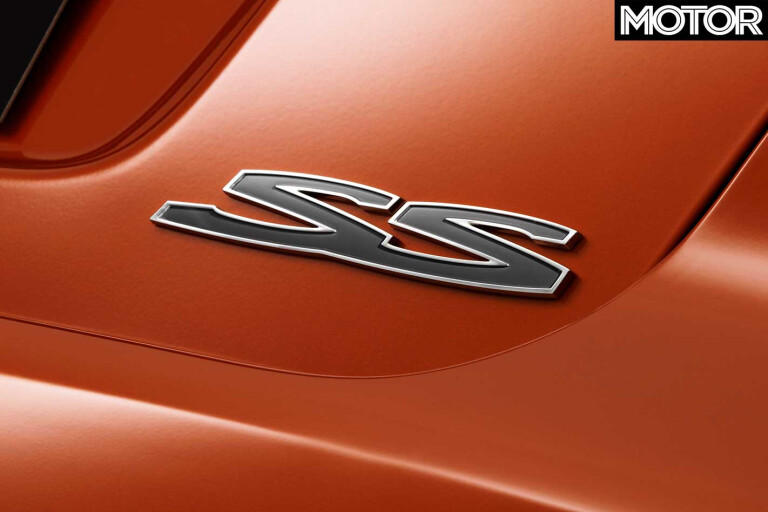
Value
It’s a now-extinct breed of locally built, burly V8, old enough to have depreciated to a Fiesta level, yet still new enough to not feel like a museum piece
Engineering
All the bits that made for the brilliant VF swansong are here in VE, minus aluminium in the suspension and racetrack-honed damper finesse of Redlines
It's quick
When new, this tester achieved a 5.4-second 0-100km/h in a manual SS. That’s quick, but it’s also traction limited – so it feels even quicker when charging on the run
Three other options to consider
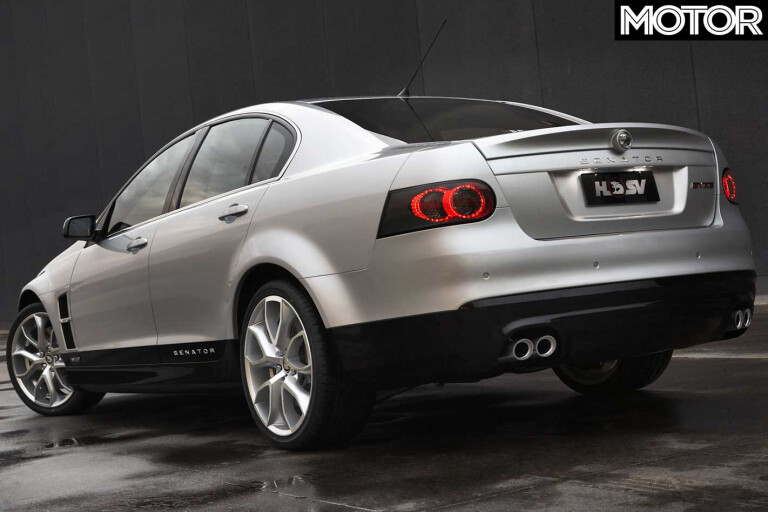
While Clubsport was a bit lairy, the Senator body kit from this era was rather more restrained. Lots of leather, auto trans and plenty of cred make it a bit of a trophy car these days.
Chrysler 300C SRT-8
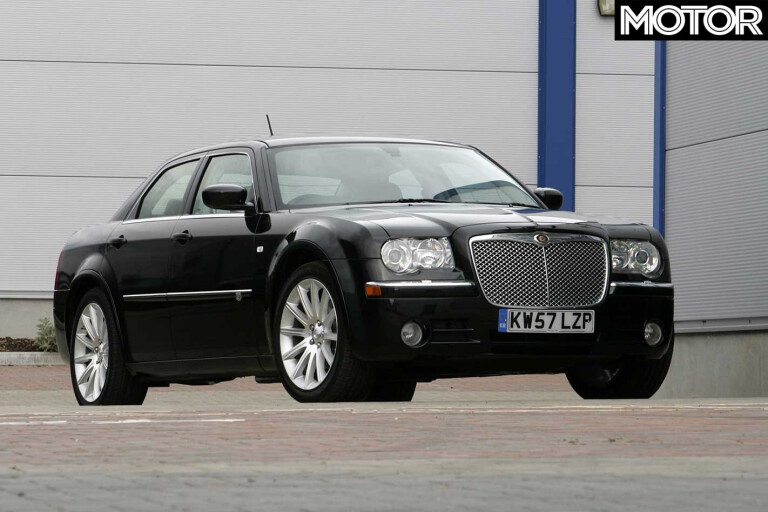
The 6.1-litre SRT-8 didn’t arrive until ’06, but when it did, it gave us a real option to the established V8 luxos. The performance speaks for itself, if you can live with the interior and exterior design...
Ford AU Series 3 Falcon XR8
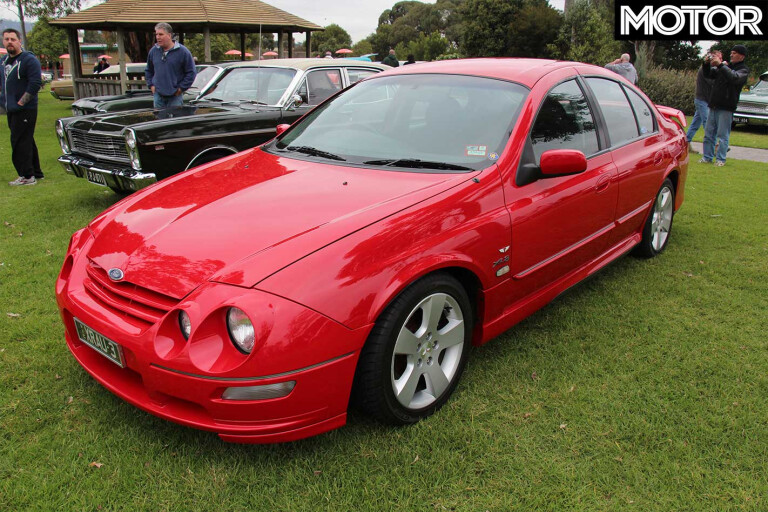
This was essentially a T2 TE50 without the FTE badges. Body kit was better integrated than ever and the XR8 got the 220kW tune for the Windsor. Supple, balanced and utterly under-rated.

COMMENTS